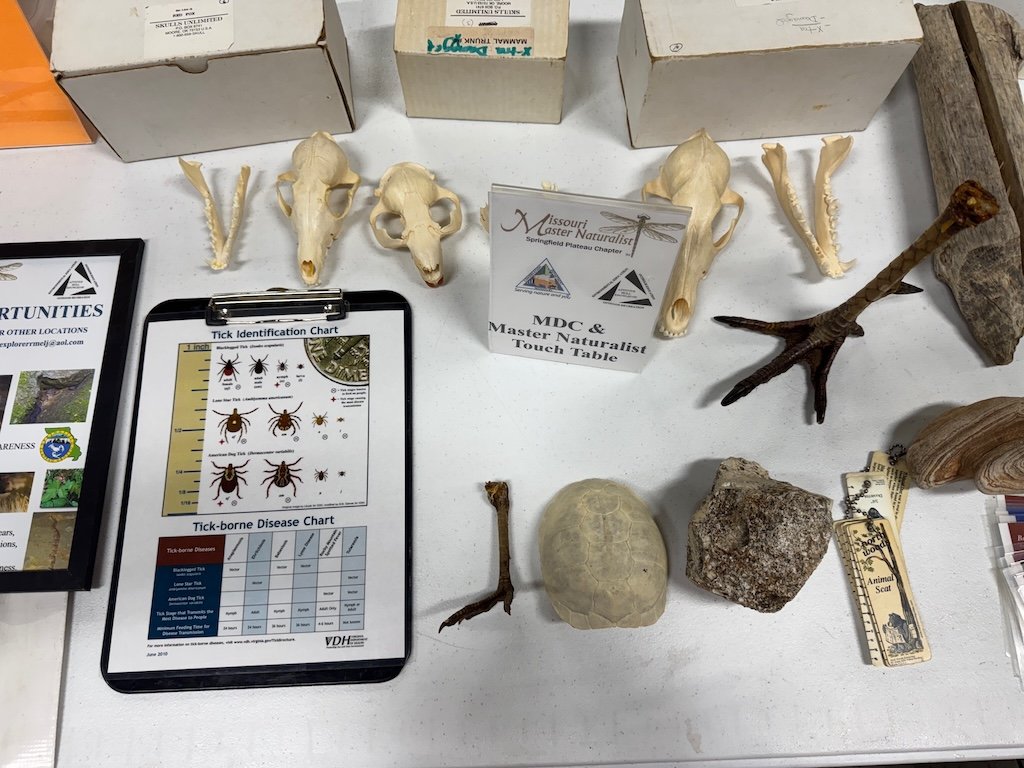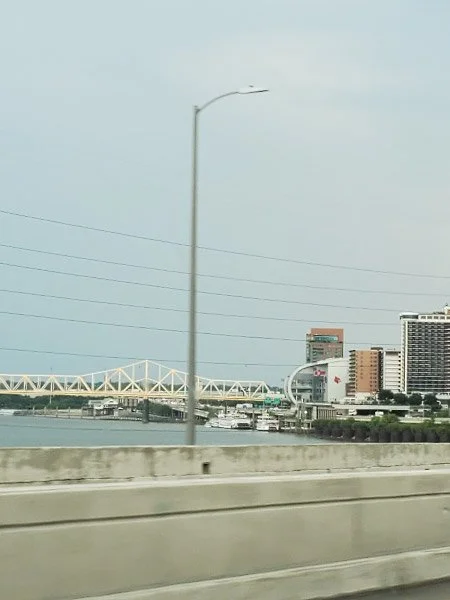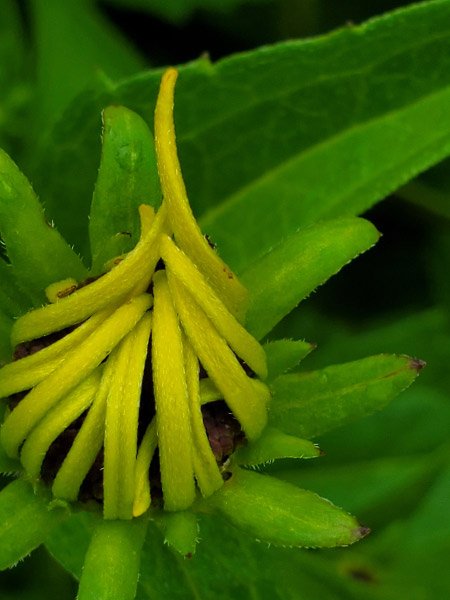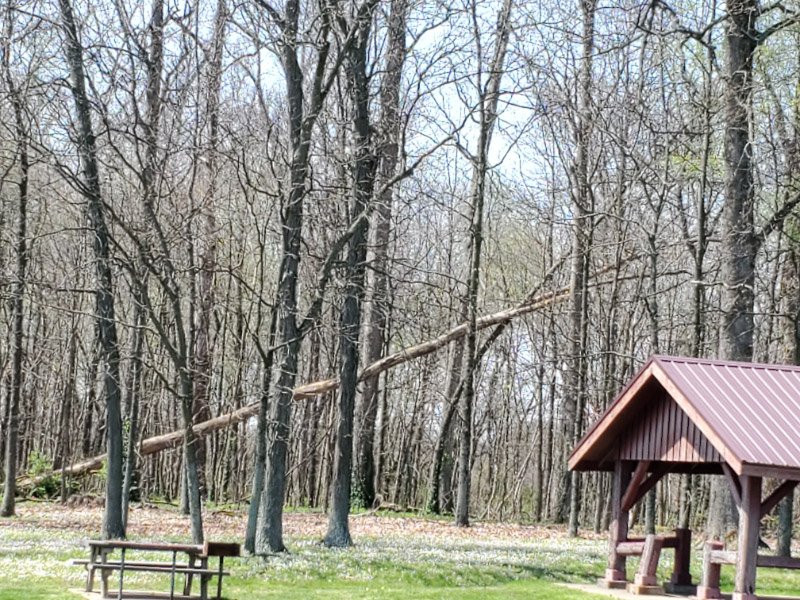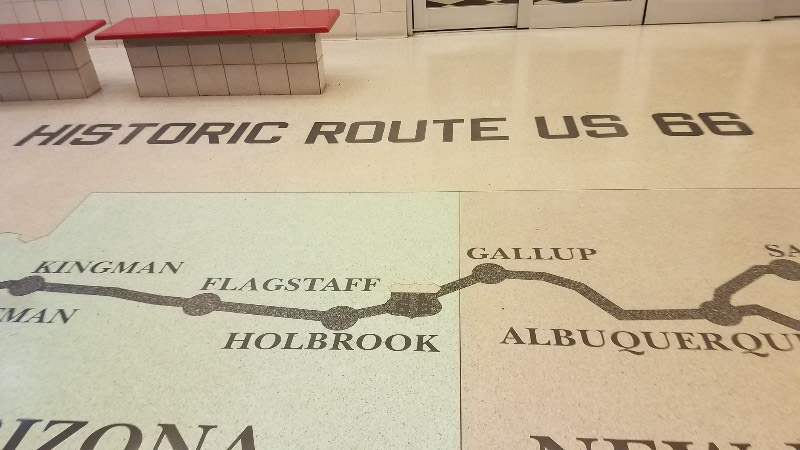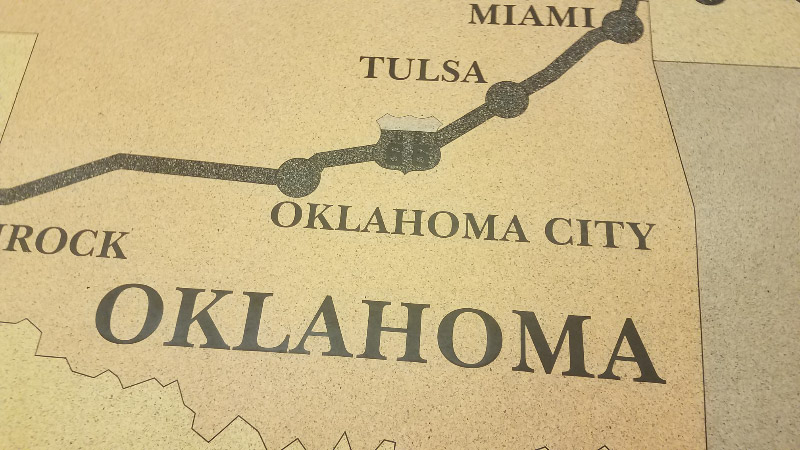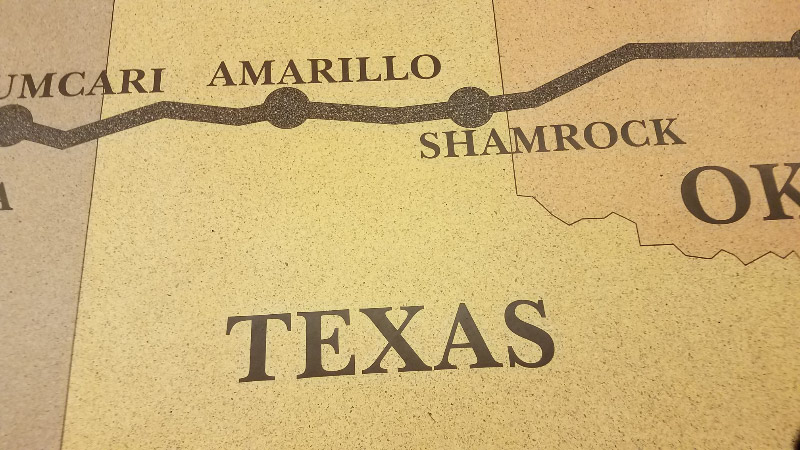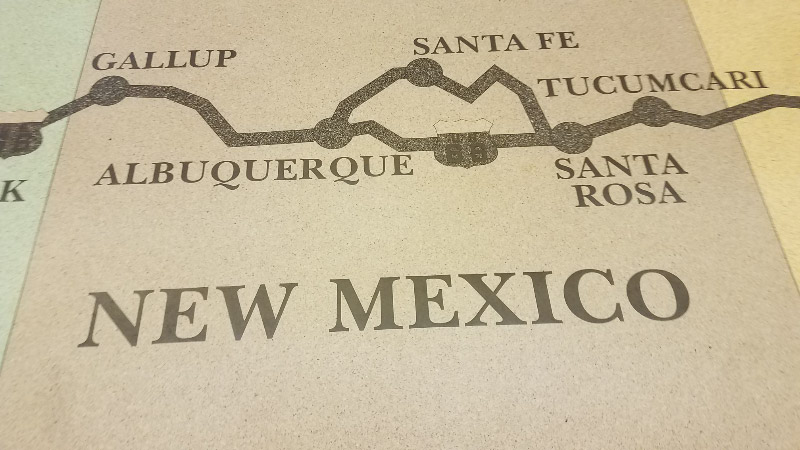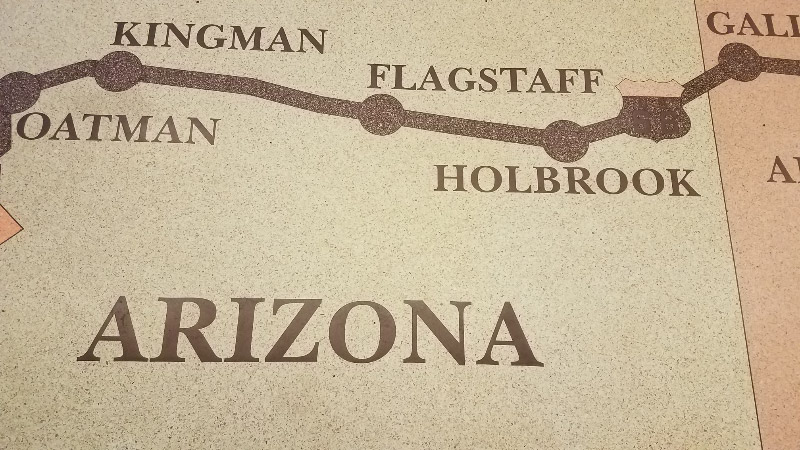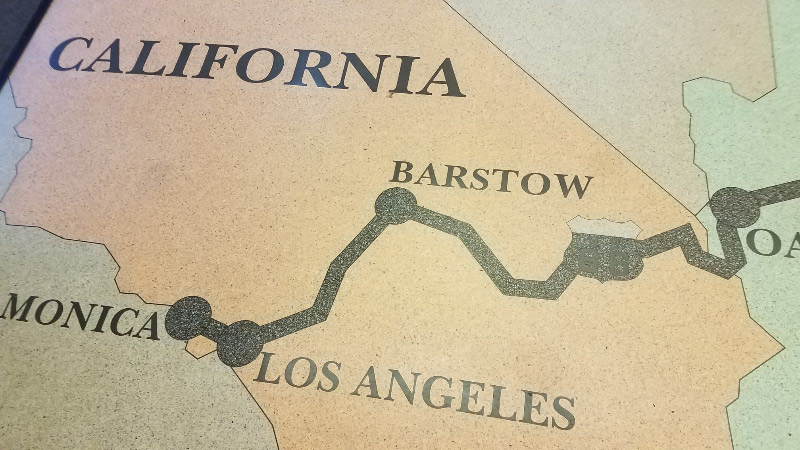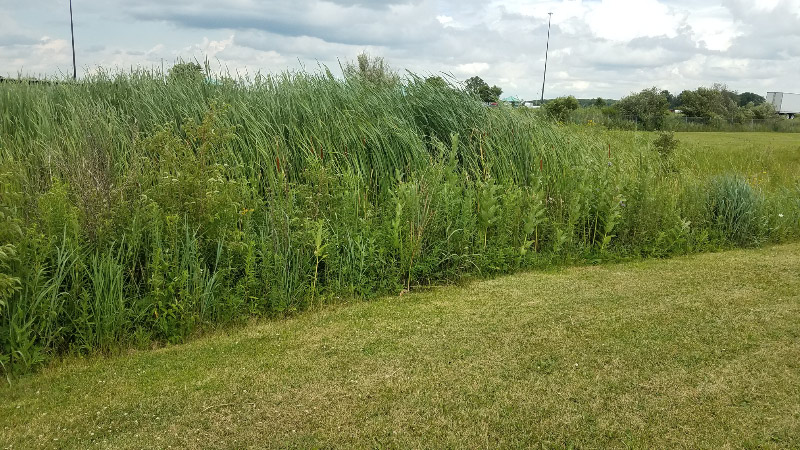The items below were ‘the cream’ of the articles and websites I found this past week. Click on the light green text to look at the article.
Antibiotics found in some of the world's rivers exceed 'safe' levels, global study finds -- ScienceDaily and Hundreds of world's rivers contain dangerous levels of antibiotics – Same story from different news feeds. Antibiotics we take are not broken down in our bodies and are excreted. Wastewater treatment does not take them out of the water so the rivers are – over time – building up more antibiotics.
Ancient Fingerprints Show Men and Women Both Made Pottery in the American Southwest | Smart News | Smithsonian – The breadth of men’s finger print ridges are 9% wider than those of women…so pots that are made via pinching layers of coiled clay together using the thumb and forefinger (leaving fingerprints) can be analyzed to determine the gender of the person that made them. It turns out at Chaco Canyon that men and women made pottery…unlike the more modern tradition of the skill passing from grandmothers to mothers to younger women.
Route 66 Considered for National Historic Trail in The Park System – On a recent road trip, the Pacific, MO hotel we stayed in (west of St. Louis) was near Route 66. They had a map to continue the journey through Missouri on stretches of the old road. We needed to reach our destination quickly so stayed on I-44…but maybe sometime when we can take our time…we’ll take Route 66 where we can.
CITY SPROUTS: The Budding Movement to Integrate Garden-Based Learning in Public School Education | Children & Nature Network – A laudable goal…but it takes work. With teachers that already have a lot to do….organizing garden-based learning might be a tough addition to their job jar.
Most of the World’s Macadamias May Have Originated from a Single Australian Tree | Smart News | Smithsonian – The majority of macadamias are grown in Hawaii…so the lack of diversity within the trees in Hawaii leaves the crop open to species-level risk. This article talks about the research and search for wild plants in Australia to increase the diversity within the macadamia gene pool.
Seven US Species Invading Other Countries – Cool Green Science – We talk a lot about non-native species invading the US. Here are some that have gone the other way.
A Sea of Sagebrush Disappears, Making Way for Fire-Prone Cheatgrass: NPR – Nearly 75% of the acres burned by wildfires in the west are range lands rather the forest. And what burns is sage and cheatgrass. The problem is that cheatgrass, an invasive grass, grows faster than sage and is taking over land where sage once dominated…and cheatgrass is more flammable. Put that together with climate change and the look of the west is changing.
Megacities Like Paris and London Can Produce Their Own Clouds | Smart News | Smithsonian – The urban heat island phenomenon has been known for a long time. Now studies are looking at cloud cover over cities and it appears they are 10% cloudier than rural areas.
Still snarling after 40,000 years, a giant Pleistocene wolf discovered in Yakutia – Found in Siberia. The discovery was announced as the opening of a Woolly Mammoth exhibition in Tokyo organized by Yakutian and Japanese scientists. The same team also presented a well-preserved cave lion cub.
Six fingers per hand – People with 6 fingers on a hand (a form of polydactyly) can perform movements with one hand where people with 5 fingers would require 2 hands. The brain of polydactyly subjects controls the additional degrees of freedom the additional finger provides without sacrificing any other brain functions.











